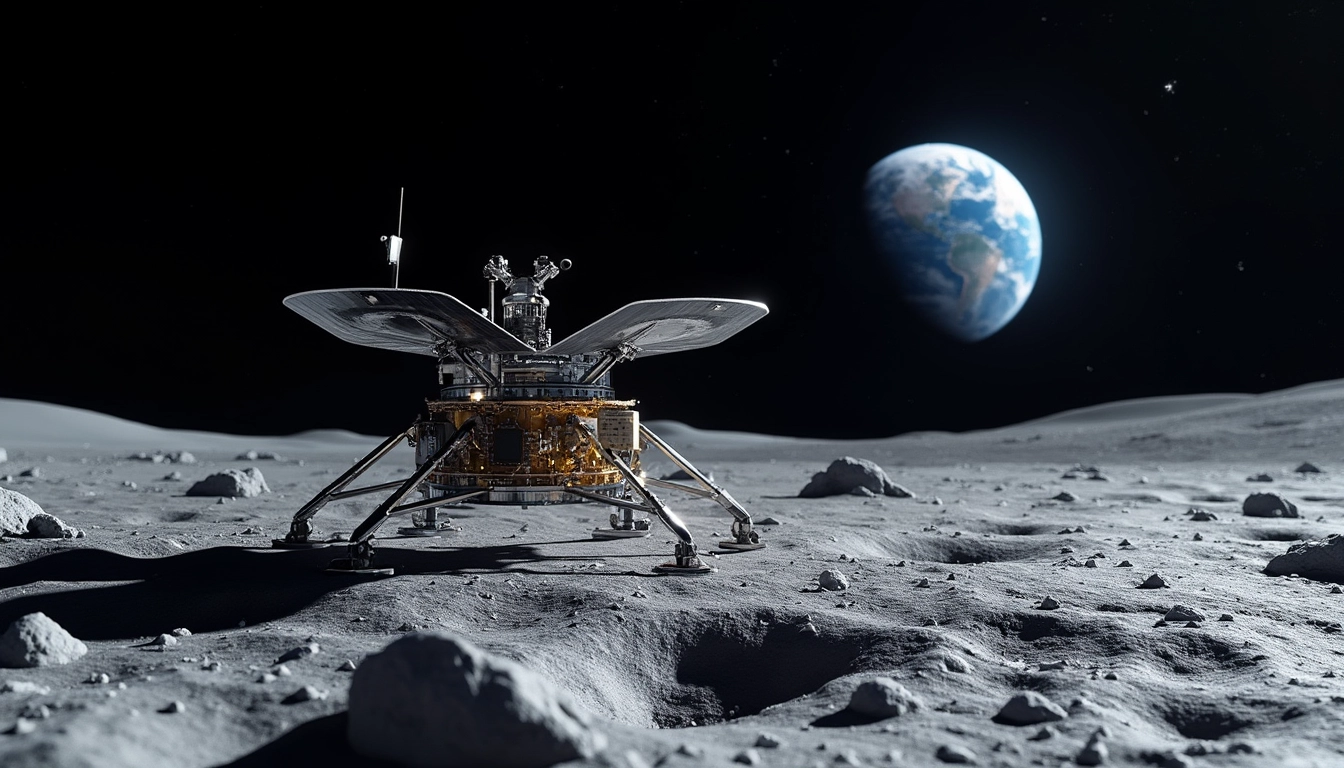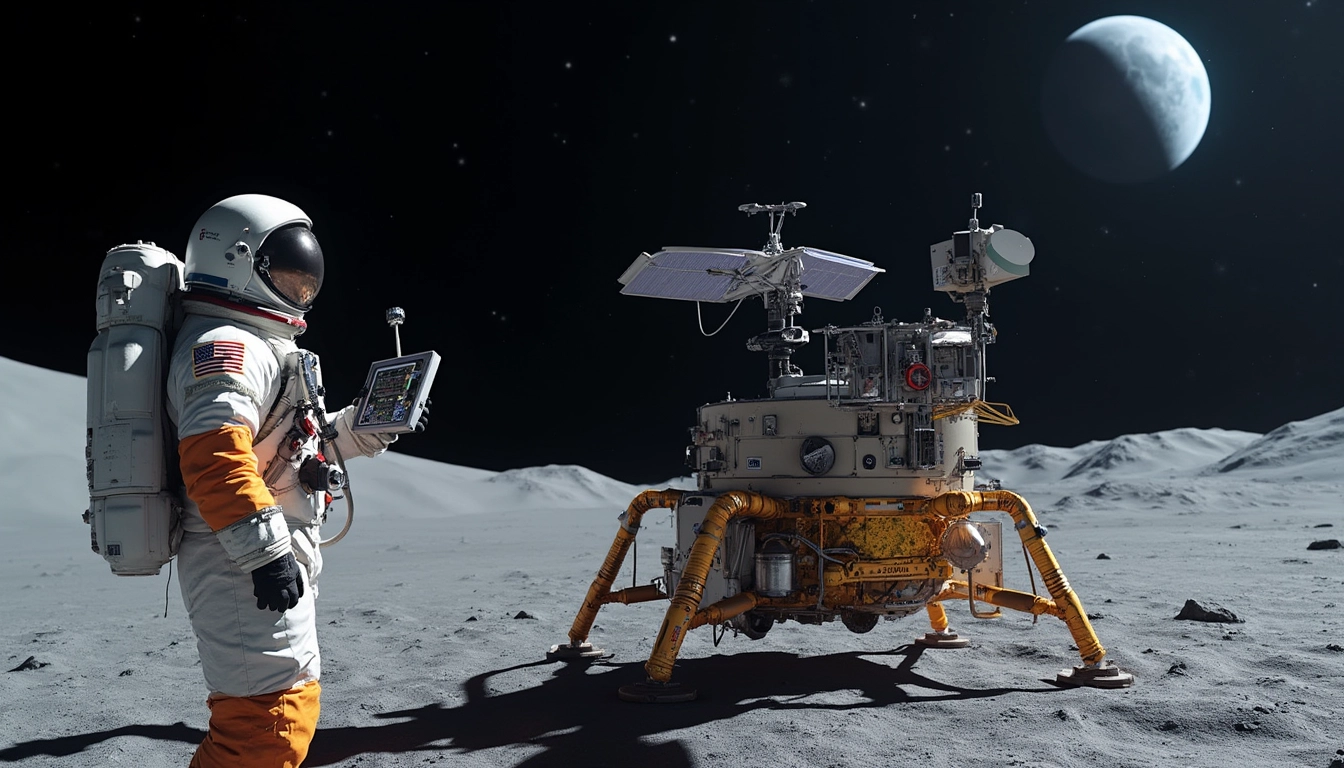
NASA Makes History with First GPS Signal Reception on Moon Surface
In a groundbreaking achievement, NASA and the Italian Space Agency successfully received GPS signals on the Moon for the first time in history on March 3, 2025. The Lunar GNSS Receiver Experiment (LuGRE), delivered by Firefly Aerospace’s Blue Ghost lander, demonstrated the capability to use Earth-based navigation signals at an unprecedented distance of 243,000 miles, marking a significant advancement in space navigation technology.
Key Takeaways:
- The LuGRE experiment achieved first-ever GPS reception on the lunar surface
- Signals were received at a record-breaking distance of 243,000 miles from Earth
- Navigation accuracy reached within 1.5 km for position determination
- The technology supports NASA’s Artemis program and future lunar missions
- Commercial GNSS receiver technology proved effective in deep space applications
Record-Breaking Space Navigation Achievement
The LuGRE mission broke previous records by capturing GNSS signals at 209,900 miles from Earth on January 21. This remarkable feat surpassed the previous record held by NASA’s Magnetospheric Multiscale Mission. The experiment’s success in achieving a navigation fix with impressive accuracy demonstrates the potential of Earth-based navigation systems for lunar operations.
Technical Implementation and Equipment
The experiment utilized the Qascom QN400 receiver, a commercial-grade GNSS device, proving that existing technology can be adapted for lunar navigation. The system captured signals from both GPS and Galileo satellites, showcasing the versatility of the setup.

Impact on Future Space Exploration
This breakthrough has significant implications for the future of space exploration. The successful implementation of GPS in cislunar space enables more autonomous navigation capabilities, reducing dependency on traditional Earth-based tracking systems. The technology directly supports the Artemis program’s objectives and future lunar missions.
Expanding Space Technology Access
The success of LuGRE represents a significant step in democratizing space exploration. By demonstrating that commercial GNSS technology can function in deep space, the mission opens new possibilities for international collaboration and private sector participation in space activities. This advancement could lead to standardized navigation systems for lunar exploration and beyond, making space missions more accessible and cost-effective.
Future Applications and Benefits
The implementation of GPS and GNSS technology on the Moon creates opportunities for enhanced mission planning and safety. The system’s ability to provide accurate positioning data will enable more precise landings and safer exploration missions. Additionally, this technology could significantly reduce the costs associated with developing separate lunar navigation systems, making future missions more economically viable.


